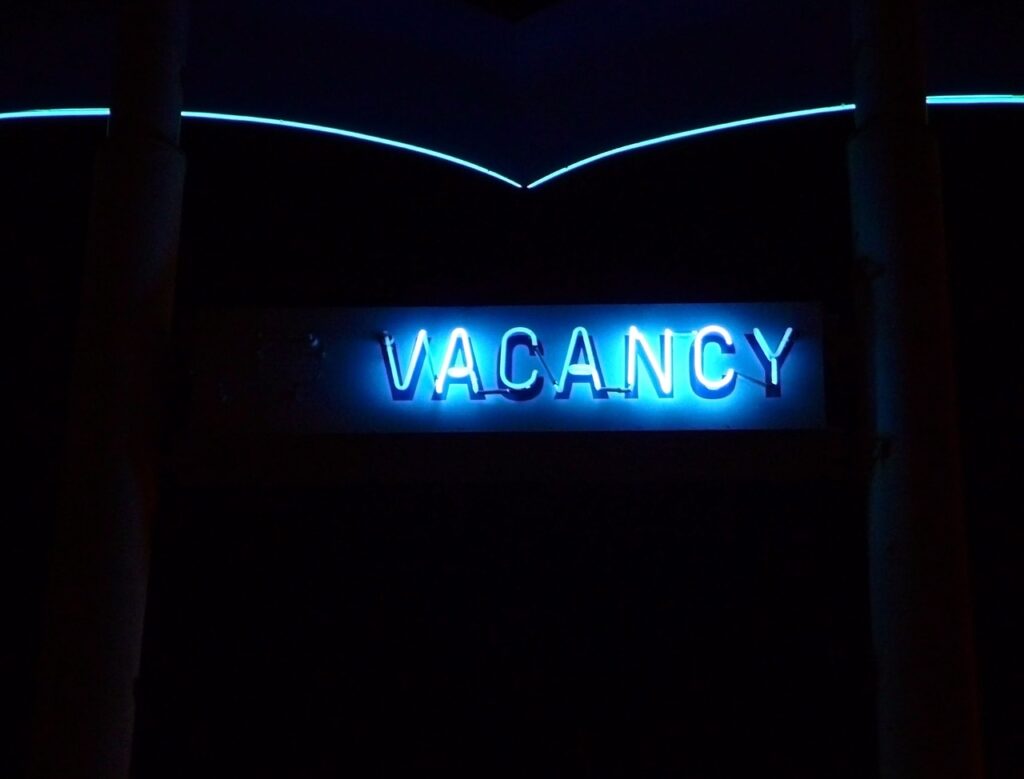In recent years, the plumbing industry has faced a significant challenge – a shortage of skilled plumbers. This shortage has repercussions not only for the industry itself but also for homeowners, businesses, and communities. Let’s delve into the factors contributing to this shortage and explore potential solutions to bridge the gap.
1. Aging Workforce:
One primary factor contributing to the shortage of plumbers is the aging workforce. Many experienced plumbers are nearing retirement, and there hasn’t been a sufficient influx of younger individuals entering the profession to fill the impending gaps. The industry is grappling with the need to replenish its workforce with fresh talent.
2. Lack of Awareness:
Despite the numerous advantages of pursuing a career in plumbing, there exists a lack of awareness among younger generations about the opportunities within the trade. Vocational education and skilled trades have, at times, taken a backseat to more traditional four-year degree options. As a result, the pipeline of new talent entering the plumbing field has diminished.
3. Perception Challenges:
There’s a persistent stereotype surrounding blue-collar professions, including plumbing, that undermines their value. Society often tends to prioritize traditional college education over vocational training, leading to a perception that jobs in the trades are somehow less desirable. Changing this perception is crucial to attracting more individuals to consider plumbing as a viable and rewarding career option.
4. Education and Training Barriers:
Access to education and training programs can be a barrier for potential plumbers. Some may face challenges in finding affordable and accessible programs that provide the necessary skills and certifications. Addressing these barriers is essential to encourage a more diverse and inclusive influx of talent into the plumbing industry.
5. Technological Advancements:
While technology has enhanced various industries, it has also impacted the plumbing profession. The integration of technology, such as advanced plumbing systems and automated processes, requires a new skill set. Plumbers need to adapt to these changes, and the industry needs to invest in training programs to ensure that current and future plumbers are well-equipped with the latest skills.
6. Workforce Retention:
Retention of skilled plumbers is as crucial as recruitment. Offering competitive compensation, providing ongoing professional development opportunities, and creating a positive work environment are essential elements in retaining experienced plumbers. A satisfied and fulfilled workforce is more likely to stay in the industry and contribute to its growth.
7. Economic Factors:
Economic downturns can also impact the plumbing industry. During challenging economic periods, construction projects may decline, leading to fewer job opportunities for plumbers. This uncertainty can discourage individuals from pursuing a career in plumbing.
Addressing the Shortage:
Closing the gap in the shortage of plumbers requires a multi-faceted approach. Initiatives should focus on:
- Educational Outreach: Promoting vocational education and raising awareness about the benefits of a career in plumbing.
- Changing Perceptions: Challenging stereotypes and showcasing the value and importance of skilled trades in society.
- Accessible Training: Ensuring that education and training programs are affordable, accessible, and aligned with industry needs.
- Technological Training: Integrating technology training to equip plumbers with the skills needed in an evolving industry.
- Promoting Diversity: Encouraging a diverse range of individuals to enter the plumbing profession, fostering an inclusive workforce.
In conclusion, understanding the shortage of plumbers is the first step towards implementing effective solutions. By addressing the factors contributing to this shortage and proactively engaging in recruitment and educational initiatives, we can ensure a robust and sustainable future for the plumbing industry. Bridging the gap requires collaboration among industry stakeholders, educational institutions, and policymakers to create a thriving and resilient plumbing workforce.

